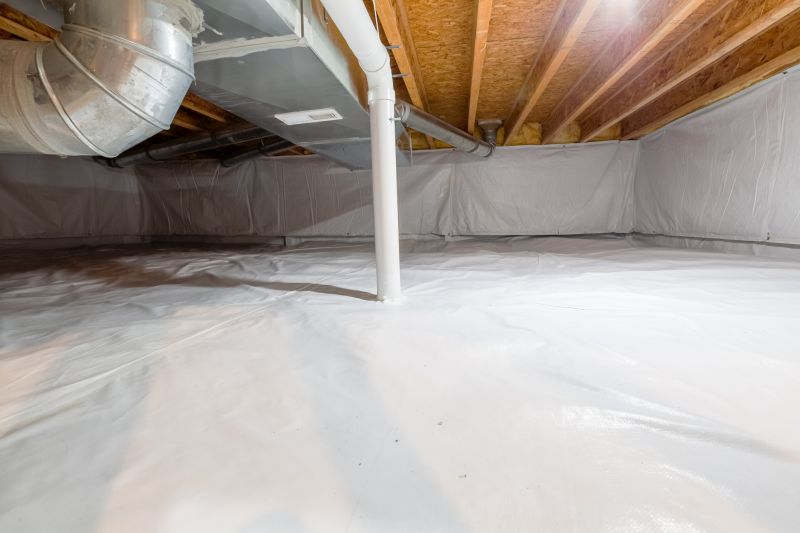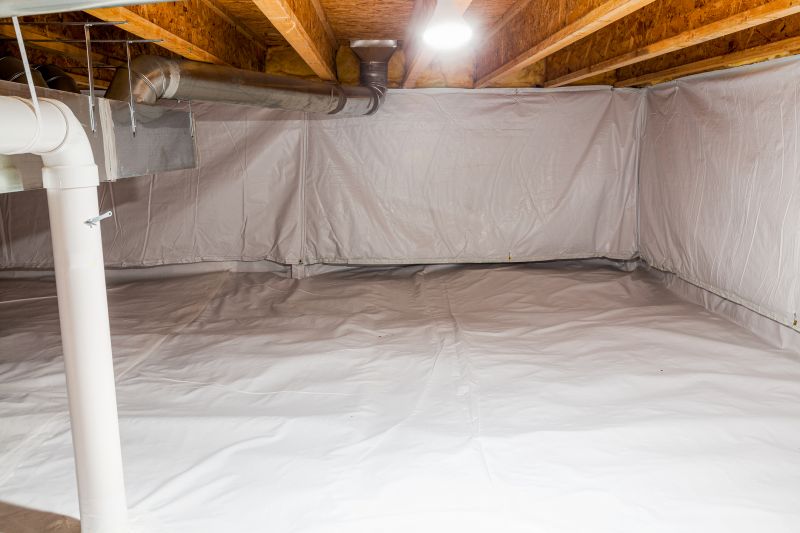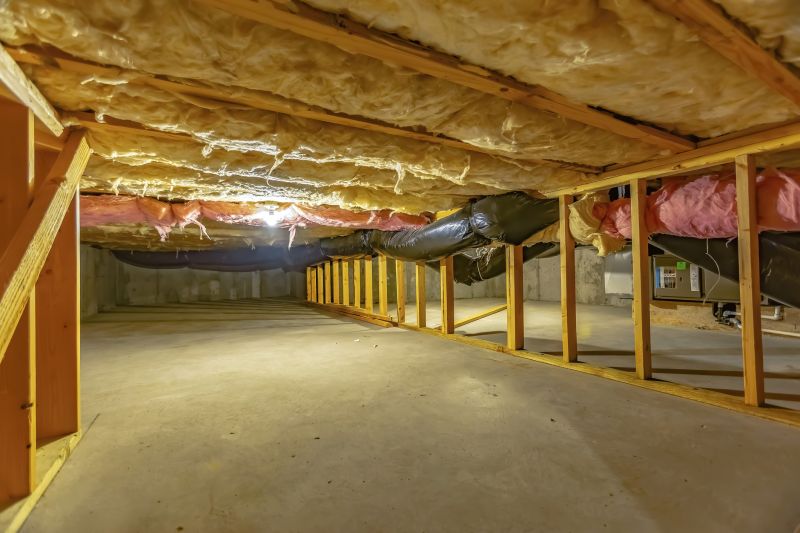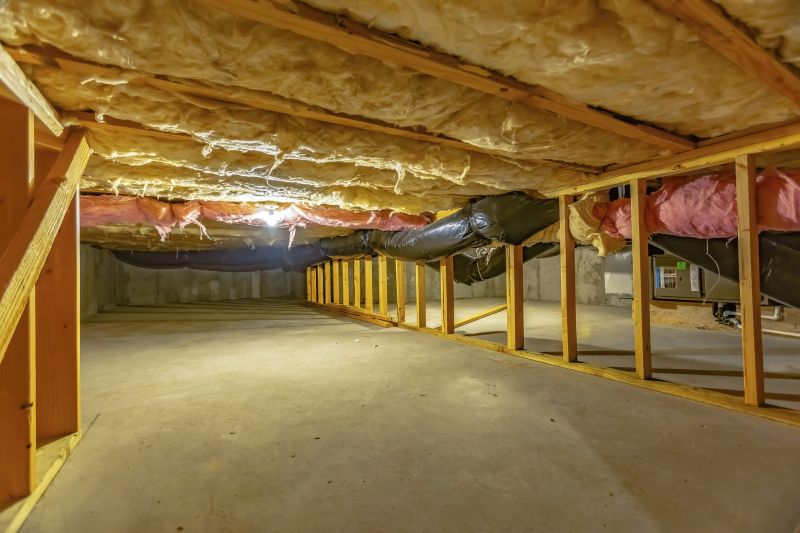Expert Crawlspace Protection and Moisture Control
Crawlspace encapsulation is a comprehensive process designed to improve indoor air quality, prevent moisture issues, and protect the structural integrity of a building. Properly sealed crawlspaces can significantly reduce energy costs and minimize the risk of mold growth and pest infestations, creating a healthier living environment.
Encapsulation prevents moisture infiltration, reducing the risk of mold and wood rot that can compromise the foundation.
Sealing the crawlspace helps maintain consistent indoor temperatures, lowering heating and cooling expenses.
Reducing moisture and pests preserves the integrity of the foundation and prevents costly repairs.
Encapsulation minimizes the entry of dust, allergens, and mold spores into the living space.

A fully sealed and insulated crawlspace showcasing the effectiveness of encapsulation.

A clean, moisture-resistant vapor barrier installed to protect the foundation.

Insulation applied to improve energy efficiency and prevent heat loss.

An airtight entry point ensuring no drafts or pests can enter.
Failing to encapsulate a crawlspace can lead to numerous issues, including increased energy bills, mold growth, and structural damage. Moisture problems can cause wood rot and attract pests, which may result in costly repairs and health concerns. Studies indicate that properly encapsulated crawlspaces can reduce energy costs by up to 15 percent and eliminate up to 50 percent of indoor air pollutants associated with the crawlspace environment.
| Dangers of Not Encapsulating | Benefits of Encapsulation |
|---|---|
| Moisture accumulation leading to mold growth | Prevents moisture infiltration and mold development |
| Increased energy costs due to air leaks | Enhances energy efficiency by sealing leaks |
| Pest infestations attracted by damp conditions | Deters pests and pests' entry points |
| Wood rot and structural damage | Protects foundation and structural integrity |
| Poor indoor air quality from mold spores and dust | Improves air quality inside the home |
| Higher maintenance and repair expenses | Reduces long-term repair costs |
| Potential health issues related to mold and allergens | Creates a healthier indoor environment |

